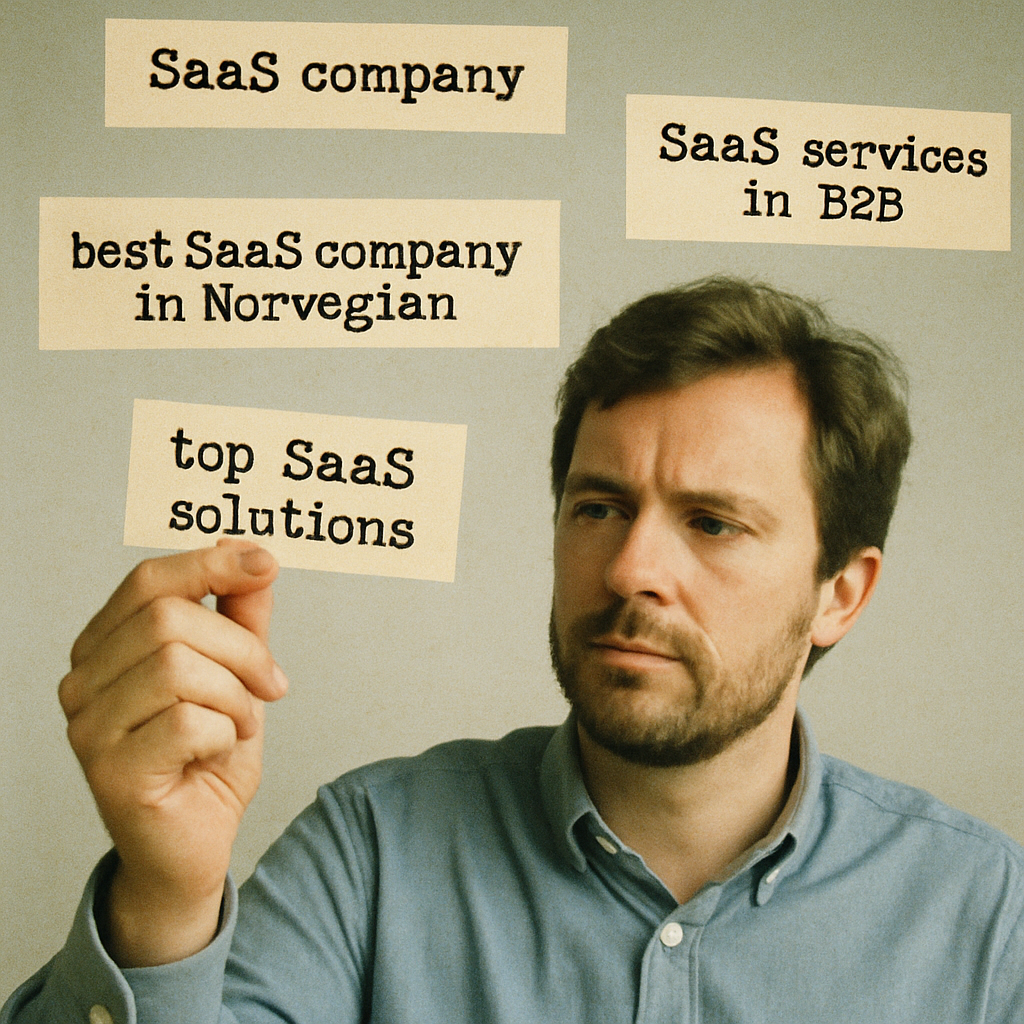The digital advertising world is going through what might be the biggest transformation we've seen in the last decade. With Google rolling out AI Overviews (AIOs) and Gemini-powered AI Mode, paid placements are no longer just the text ads sitting above organic listings—they're now blending into the AI-generated answers users see first. For anyone working in Paid Search, this shift means rethinking how we maintain visibility and stay competitive when traditional success metrics like click-through rate (CTR) are becoming less reliable.
If you're deep in the weeds of Google Ads and want to future-proof your approach, this guide is for you. We've scanned the latest developments, dissected how AI-driven search is evolving, and pulled together exactly what you need to do to keep your campaigns relevant, visible, and performing.
.png?width=392&height=392&name=Untitled%20design%20(27).png)
1. Understand how AI changes ad delivery
Since May 2025, Google confirmed that ads now show up directly in AI Overviews and AI Mode (its new chat-style search experience). Search, Shopping, and Performance Max (PMax) campaigns using broad match are automatically eligible. There’s no opt-in/out toggle, and there’s still a frustrating lack of transparency around how and where these ads serve.
But what’s even more important than where they appear is how they're selected. Google is now using large language models (LLMs) to determine relevance—not just based on keywords, but on semantic meaning. This means your account structure, assets, and messaging need to reflect intent and meaning, not just terms.
2. Build topical authority: The new Quality Score
If you're serious about appearing in AI-driven results, you need to be seen as an authority. Google’s AI Overviews prioritize brands that show topical depth and credibility.
How can you build this up?
- Earn mentions and media: Get your name out there. PR coverage, guest posts, press releases—all of these increase your brand’s perceived trust. If credible websites talk about you, Google’s AI is more likely to trust you.
- Be present in industry spaces: Ensure your business is listed and optimized in industry directories and product listings.
- Stay consistent: Your ad copy, website messaging, landing pages, and even meta descriptions should speak the same language. LLMs pick up on that consistency and treat it as a trust signal.
This is basically the AI version of Quality Score—so give it the same attention.
3. Optimize your content for AI comprehension
If AI is going to summarize your business before a user even sees your website, you want to make sure it gets the right message across.
Here’s what you can do:
- Write answer-based content: Make your homepage and key landing pages sound like they’re answering real user questions. Think: “What’s the benefit of [your service]?” and build content from that.
- Add long-form guides and FAQs: Go deep into your niche. The more useful and informative your content is, the more likely it will be pulled into AI summaries.
- Use schema markup: Add structured data so search engines can understand your content better.
- Fix the basics: Run a technical SEO audit. Clean up broken links, improve mobile UX, and fix page speed. These issues hurt your discoverability—especially in AI-powered environment.
.png?width=392&height=392&name=Untitled%20design%20(29).png)
4. Prepare your campaigns for AI integration
Right now, most Google Ads accounts aren't set up for this new reality. Here's how to get in shape:
- Use broad match smarter: Yes, broad match is required for AI placements—but combine it with audience signals and strong negatives to stay on target. Group keywords by user intent, not just product lines.
- Diversify your PMax assets: If you're running Performance Max, give it more to work with, like videos, lifestyle images, reviews, and benefits-focused headlines. The richer your asset mix, the better.
- Watch your traffic quality: With recent Google updates, you'll soon be able to see where your PMax traffic actually comes from. That should help cut down on spammy sources.
A trick from ecommerce that works well in B2B: Start assigning values to conversion actions based on lifetime value and on-site behavior. That way, Google will optimize towards leads that actually matter. Also, we finally have negative keywords for PMax. Use them! More control = better traffic.
- Be careful with AI Max: Google’s new AI Max lets the system write your ads using LLMs. It’s worth testing, but don’t let it run wild. Always review the output, otherwise it might miss the nuance of your brand tone or positioning.
- Use exclusions where needed: Whether it's placements, content types, or irrelevant queries, stay on top of exclusions to avoid wasting budget.
5. Monitor the right metrics
AI changes what success looks like for B2B companies, and we need to shift how we measure it.
- CTR isn’t everything: Just because someone doesn’t click doesn’t mean your brand didn’t influence their decision.
- Track your share of voice in AI: This one’s tricky. There’s no official report from Google (yet), but you can start by:
- Searching your core keywords in AI Mode and noting where (or if) your brand appears.
- Using tools like SEO Minion or Nightwatch to track AI Overviews over time.
- Monitoring brand mentions with Google Alerts, Mention, or Brand24.
- Checking Search Console for unusual impression spikes or drops.
- Use Brand Lift surveys: If you’re running YouTube or upper-funnel campaigns, measure if awareness increases after AIO exposure.
- Double down on CRO: AI-exposed users are often high-intent. Make sure your landing pages convert.
6. Safeguard your brand in AI environments
You won’t always know exactly where your ads appear in these new formats—which makes brand safety more important than ever:
- Check your copy: Be clear and avoid language that could be taken out of context.
- Own your brand’s data: Claim your business listings, update your Knowledge Panel, and use structured data to send clean signals.
As eMarketer points out, the AI might misrepresent your brand unintentionally. The more structured and consistent your digital footprint is, the more likely it’ll get it right.
Start now or get left behind
The AI shift is already happening—it’s not a “someday” thing. And it’s changing how people discover, research, and engage with brands.
To stay ahead, you need to:
- Build campaigns around semantic intent, not just keywords
- Become a trusted source in your niche
- Feed Google the kind of content and signals AI can understand
- Adapt your metrics to track visibility, not just clicks
Google’s already moving forward. The only question is whether your brand will be visible when the user no longer even sees a traditional search results page.
Now’s the time to make sure you’re ready.
Do you also need help with facing AI changes?
We provide tailored strategies, creative content, performance marketing, and HubSpot services to help B2B companies achieve long-term growth.
Book a meeting, and let's have a quick, initial 10-minute chat about your company and marketing challenges to see how we can help.


